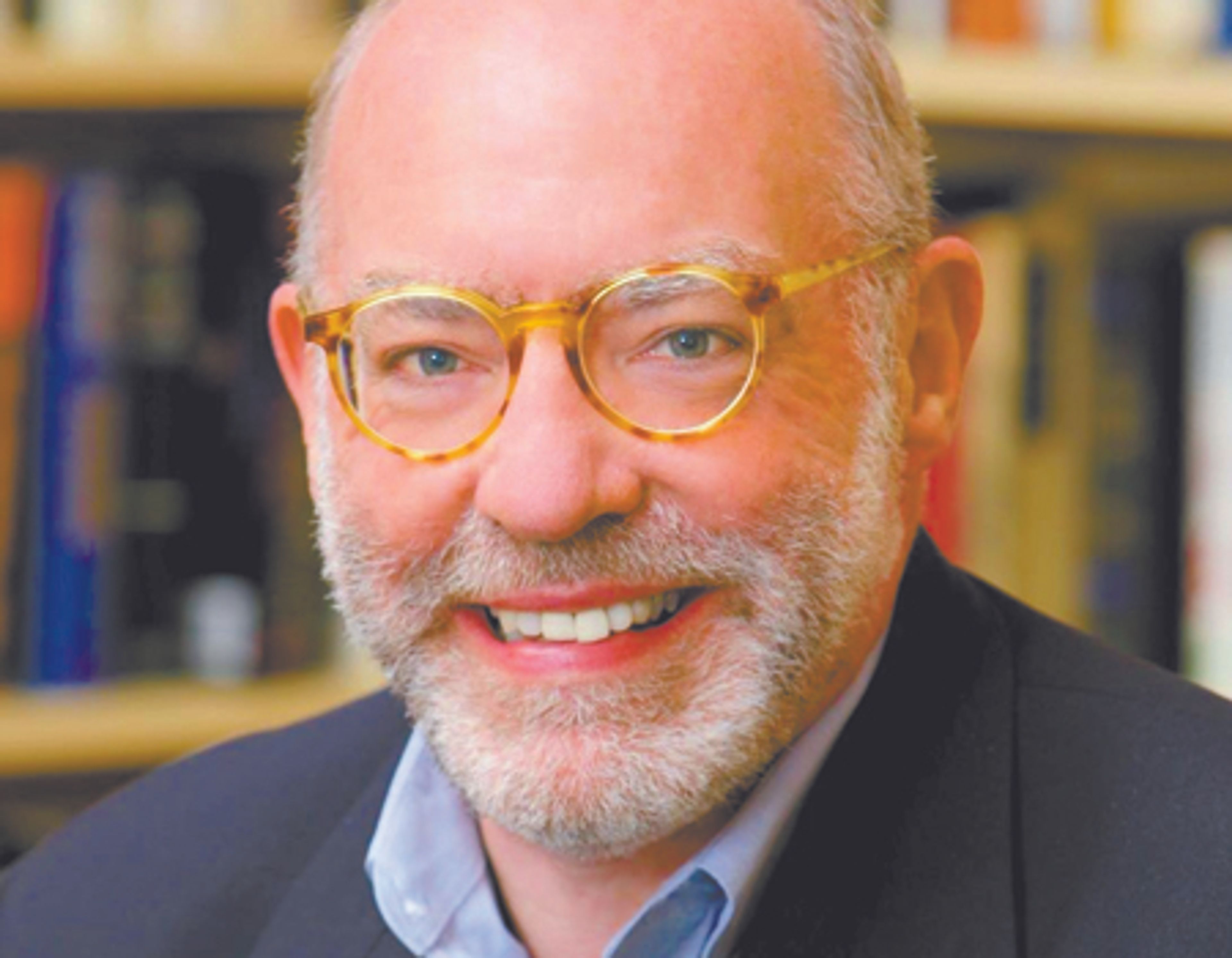OPINION: COVID-19 vaccines are doing more harm than good
Editor’s note: The Tribune does not vouch for the accuracy of this column. Please consult your health care provider about COVID-19 vaccinations and treatments.
———
A guest editorial from the Everett (Wash.) Herald was published in the Lewiston Tribune on May 18 about COVID-19 and vaccines. Since the Tribune feels there is enough interest to publish it, here is an alternative viewpoint.
The editorial describes the first known U.S. patient in January 2020, in Everett, Wash.
“The man, then 35, was treated for about two weeks and sent home.”
There is about a 90% decrease in risk of COVID-19 death if early treatment is provided to all symptomatic persons. However, the federal public health agencies directives, followed by state agencies and, therefore, hospitals and physicians, changed to send the patient home and return if his condition worsened.
A long-accepted principle of treating medical problems early was ridiculed as well as many highly qualified intensive care unit physicians for doing so, and a disinformation campaign was started against them that affected us all.
Lockdowns, a term associated with jails and prisons, instead of the medical term, quarantine, was instituted.
Existing, safe and effective medications with billions of doses used for various ailments for decades, were not allowed for treatment because there were probable conflicts of interest by a consultant to the World Health Organization, which followed his recommendations.
The recently completed Together trial concerning ivermectin has the same scientists of the trial making contradictory statements to the advisory board and the public media. Many scientists are afraid to speak truthfully about their own use of ivermectin because of the pharmaceutical ecosystem, the most powerful and politically influential.
According to Centers for Disease Control and Prevention data, more than 1 million excess deaths beyond historical average occurred since the COVID-19 pandemic began two years ago, which are not explainable by COVID-19.
“We’ve never seen anything like it,” Robert Anderson, CDC’s head of mortality statistics, told the Washington Post in mid-February.
Nor have some life insurance companies, which are paying out 40% more death benefits than expected. A 10% increase would be from war.
As elsewhere, deaths in Washington state were attributed to COVID-19 when the patient died with COVID-19 but not of COVID-19. At least 40% were not actually due to COVID-19.
Even the New York Times previously acknowledged that the polymerase chain reaction test for diagnosing COVID-19 is very inaccurate. Its inventor, biochemist Kary Mullis, said it was not to be used for diagnosing. The excess positives did keep people fearful, so they didn’t ask why herd immunity, which is a natural life-saver, supposedly failed for the first time ever for what the CDC still calls a mild virus with flu-like symptoms.
The Everett Herald editorial implied that masking and social distancing have a positive effect on reducing transmissions. The spike protein is so small it can easily penetrate the commonly used masks. Would you expect a chain link fence to stop mosquitoes? There are no good studies showing masking or distancing decreases COVID-19 spread, as Dr. Anthony Fauci himself said in early 2020.
Public health and the National Education Association have lost credibility for insisting these are effective.
The editorial bemoans that only 40% of children ages 5 to 11 years old have been vaccinated and the “hesitancy — even outright rejection of available vaccines —” raises COVID-19 deaths.
Then why are there exemptions for members of Congress, their aides, the federal courts and illegal aliens from “safe” vaccines?
Why have China and Russia refused to use mRNA vaccines on their populations?
A risk-benefit analysis by Stephanie Seneff, Ph.D. and independent researcher Kathy Dopp published in February concluded from available U.S. and United Kingdom data that “all age groups under 50 years old are at greater risk of fatality after receiving a COVID-19 inoculation than an nonvaccinated person is at risk of a COVID-19 death.”
For younger adults and children, there’s no benefit, only risk, as shown by the heart problems and deaths of people ages 10 to 30 years old. The Office for National Statistics from the U.K. as of January states all who got one or more doses at least 21 days prior have an all-cause mortality rate 100% to 300% higher than expected.
As of April Vaccine Adverse Event Reporting System reports 1.25 million injuries and 27,000 deaths from vaccines, which is only 1% of injuries and 10% of deaths (2013 CDC sponsored publication).
A ratio, called the number needed to vaccinate, should be many thousands benefited vs. one death, instead of the following inverted ratios.
An analysis of data in the VAERS by researchers Spiro Pantazatos and Herve Seligmann shows that for those younger than 18 years old, the shots only increase the risk of death. And there’s no age younger than 18 where the shot can prevent a single COVID-19 death. They are 51 times more likely to die from the COVID-19 jab than they will die if nonvaccinated.
In the 18 to-29-year-old age group, the shot will kill 16 for every person it saves. In the 30-to-39-year-old age range, the ratio is 15:1 against vaccination. In the 60-to-69-year-old age group, the ratio is one death for one saved. Worldwide, death rates have also risen in tandem with COVID-19 jabs, with the most jabbed areas surpassing the least jabbed in excess mortality.
In an August 2021 editorial, Science, Public Health Policy and the Law editor-in-chief James Lyons-Weile Ph.D., wrote to those who hold appointed offices or other influential positions in public health about the nonfunctioning pharmacovigilance system on long-term vaccine safety. He states that when those seeking support for new public health ideas, such as a vaccine, offer evidence that long-term safety studies are in place for detecting adverse events, they either:
1. Don’t understand how VAERS-like systems work.
2. Or are participating in a disinformation campaign to end scrutiny over the absence of properly controlled long-term randomized clinical trials to assess long-term vaccine safety — meaning lack of evidence based medicine.
Senators have labeled the National Institutes of Health “a dark money pit.” Citizens, doctors and nurses are increasingly cynical of public health.
Expect the next emergency, health or otherwise, before the midterm elections.
Eggleston, M.D., is a retired ophthalmolgist. His email address is rjegglestonmd@gmail.com.









